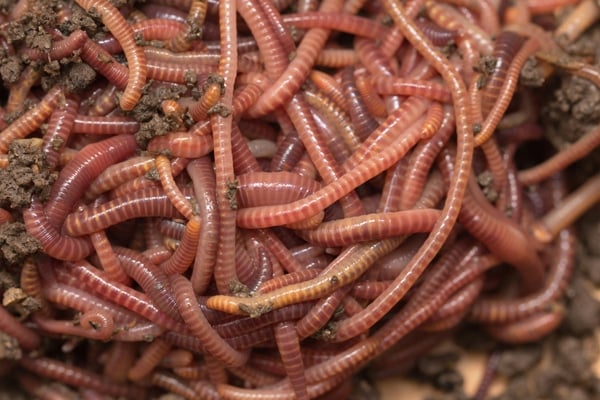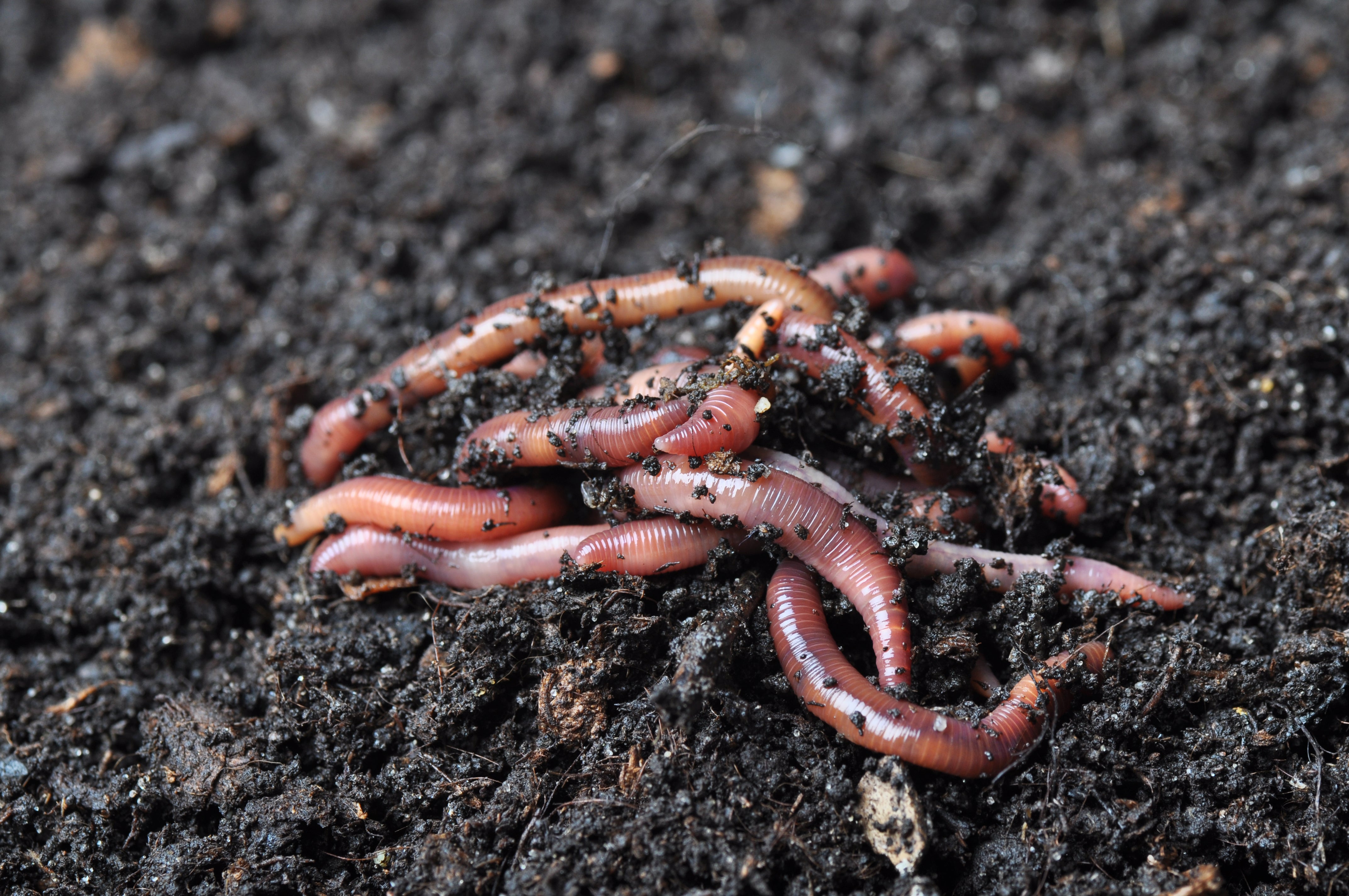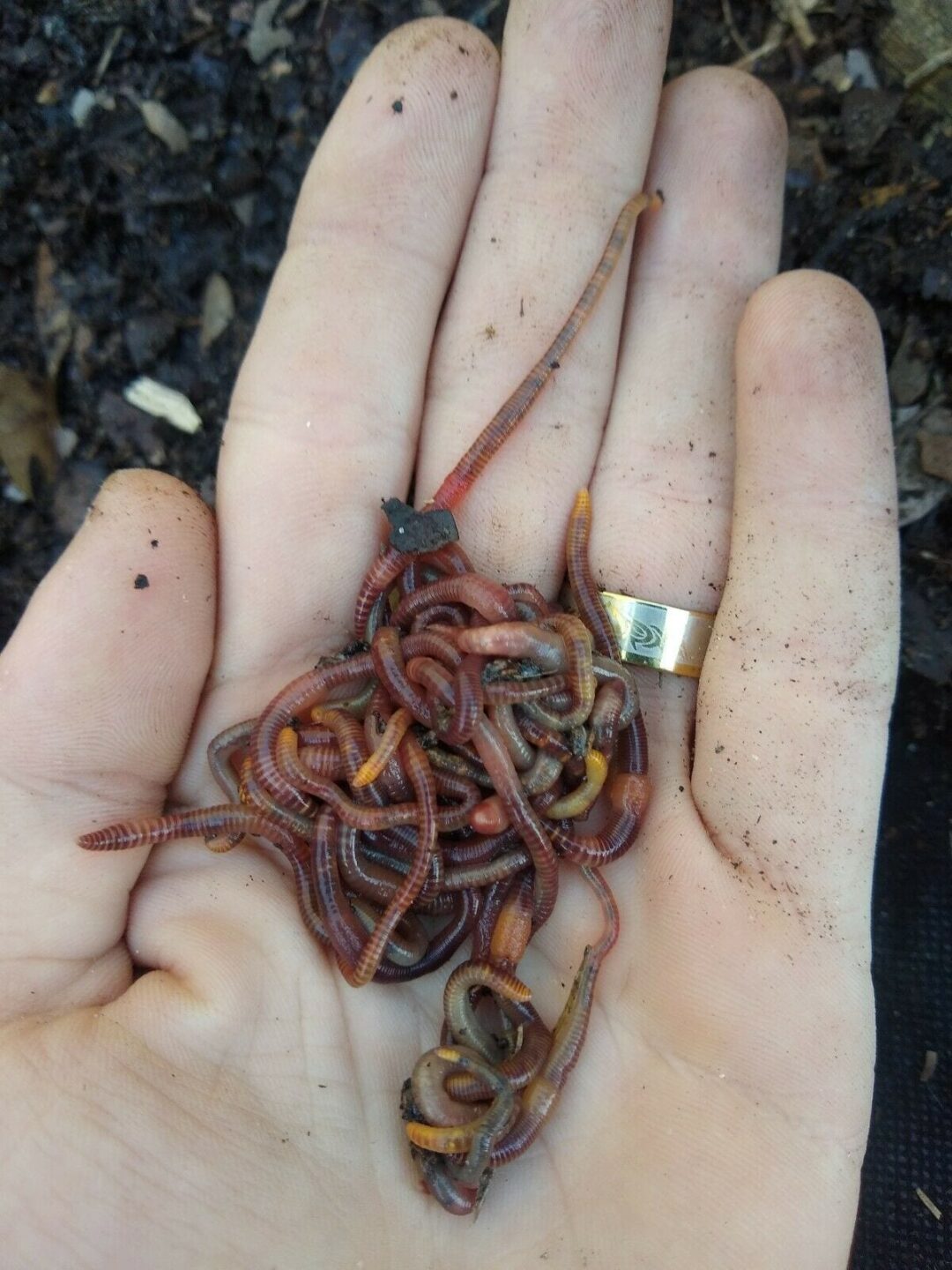How Red Wigglers Can Change Your Composting Experience
The combination of red wigglers into composting techniques provides a transformative method to waste monitoring and dirt enrichment. These organisms not just accelerate the decay procedure yet likewise generate nutrient-dense vermicompost that boosts dirt wellness and fertility. Their versatility to various atmospheres makes them a suitable alternative for both beginner and experienced composters alike. However, comprehending the particular needs and benefits connected with keeping a thriving worm populace is critical for maximizing their possibility. What techniques can one use to ensure an effective vermicomposting experience?
Benefits of Red Wigglers
Red wigglers, scientifically known as Eisenia fetida, are a keystone of reliable composting systems as a result of their remarkable capacity to decay raw material efficiently. These worms master transforming cooking area scraps, backyard waste, and various other organic products right into nutrient-rich compost, commonly referred to as worm castings. Lake Hickory Bait. This procedure not just minimizes land fill waste yet likewise contributes to lasting horticulture practices
Among the primary benefits of red wigglers is their high recreation rate, enabling them to occupy a composting atmosphere quickly. This rapid reproduction enhances decomposition rates, resulting in faster compost manufacturing. Furthermore, red wigglers thrive in a varied array of conditions, making them adaptable to different composting configurations.

Setting Up Your Worm Bin
(Red Wiggler Express)To develop a reliable worm bin for composting, mindful attention should be offered to its style and environment. An excellent worm bin must be constructed of materials that are long lasting yet enable for essential air flow, such as plastic or wood. The dimension of the container can differ, however a volume of roughly 1 square foot per pound of worms is a great starting point.
Make certain that the bin has water drainage holes to stop water buildup, which can result in anaerobic problems detrimental to the worms. Furthermore, including air flow openings will assist preserve correct humidity degrees and oxygen circulation.
Following, it is important to supply bed linens for the worms, which can consist of shredded newspaper, cardboard, or coconut coir. This bed linens not just uses an environment for the worms yet additionally aids in wetness retention.
Position the worm bin in an area that maintains a temperature level array of 55-77 ° F(13-25 ° C) to optimize worm task. Avoid positioning the container in direct sunlight or severe temperature levels. By adhering to these guidelines, you can develop a conducive environment for red wigglers, improving the effectiveness of your composting procedure.
What to Feed Your Worms

(Charlotte NC Worms For Sale)Red wigglers particularly appreciate soft, damp foods like watermelon skins, cucumber peels, and banana peels. It is critical to prevent feeding them citrus fruits, onions, and garlic, as these can be destructive to their wellness. Furthermore, cooked foods, milk items, and meat should be purely avoided, as they can result in smells and attract parasites.
To keep optimum problems, it's suggested to slice bigger scraps into smaller sized items, helping with quicker decay. Begin by introducing tiny quantities of food and monitor the worms' intake rate; change appropriately to avoid overfeeding, which can create a harmful environment. Supplying a consistent feeding schedule will help keep your worm populace flourishing while boosting the overall performance of your composting initiatives. By recognizing what to feed your worms, you prepared for a successful and lasting composting experience.
Maintaining a Healthy Environment
Producing a thriving composting environment for red wigglers needs interest to their environment, as it directly affects their wellness and performance. The optimal habitat needs to maintain a well balanced dampness degree, normally between 60-70%. Excessive moisture can cause anaerobic conditions, while insufficient dampness might dehydrate the worms.

The bedding material in the compost should vary and shredded, integrating products like cardboard, newspaper, and coconut coir. This not only supplies a comfy atmosphere yet likewise acts as a food source. Lake Hickory Bait. On a regular basis looking for odors or signs of parasites can assist determine potential problems before they intensify
Last but not least, maintaining a well balanced pH level, preferably between 6 and 7, makes certain a conducive habitat for red wigglers, promoting their ability to procedure raw material successfully. By resolving these elements, you can create a sustainable and efficient composting ecological community.
Harvesting and Utilizing Garden Compost
Harvesting garden compost from a worm bin is a fulfilling process that changes organic waste right into nutrient-rich material for yards and plants. Once the composting cycle is full, normally after 8-12 weeks, it's time to gather the vermicompost. The very first step involves separating the red wigglers from the finished compost. This can be done making use of techniques such as the "light" approach, where worms are attracted to light and can be scooped far from the top layers, or by moving the garden compost away of the container and including fresh bedding to the opposite, urging the worms to move.
Once the worms are gotten rid of, the continuing to be compost can be looked to eliminate any type of bigger fragments or undecomposed material. The end product should have a dark, crumbly structure and a pleasant earthy scent, showing that it is all set for usage. This rich compost can be used straight to garden beds, mixed into potting dirt, or made use of as a leading dressing for potted plants. By integrating vermicompost into your horticulture techniques, you not only enhance soil fertility but likewise promote healthy plant growth and sustainable gardening methods.
Conclusion
Including red wigglers right into composting methods click for more info considerably enhances the disintegration procedure and adds to the production of nutrient-rich vermicompost. Their adaptability to different settings and high recreation prices make sure a lasting populace, which successfully breaks down natural matter. The resulting worm spreadings boost soil structure, fertility, and microbial task, eventually advertising healthier plant growth. The assimilation of red wigglers into composting not just maximizes waste administration yet additionally enriches yard ecological communities.